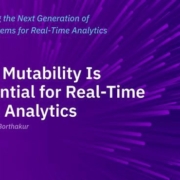There are numerous benefits of having a unified advertising mechanism for the business of an organisation. Today, most of the advertising that is done across various media is disparate and not having a unified mechanism for generation, distribution, maintenance, reporting, or collection. To bridge this gap, I conceptualized and coined the term Meld Advertising (Referred to as ‘It’). Meld Advertising brings out all of these in the form of providing tools to automate most of these processes and to directly connect with all unique advertising channels. The tools help in the creation, beta, subscription, payments, real-time reporting, cost-effectiveness, and overall maintenance of the advertisements.
It helps all types of users including the end contractors who work on actually putting up advertising for diverse media. These include all tools which facilitate the entire workflow of advertising. It also recognizes that usage of effective tools, which are simple to use and create advertisements online, will lead to a faster execution of marketing campaigns. Also, ready-made templates, tie-ups with other advertising tools, and online expert help will allow for a more efficient generation of advertisements.
Source de l’article sur DZONE



